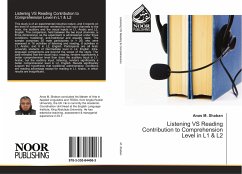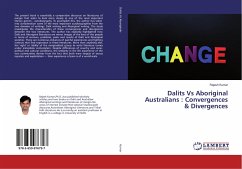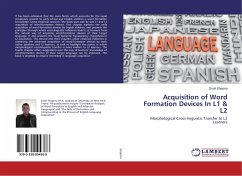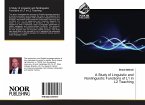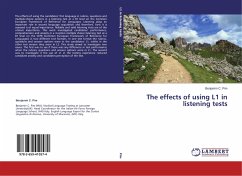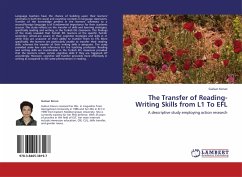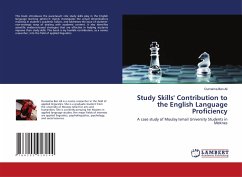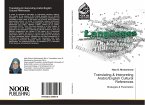This study is of an experimental inductive nature, and it reports on the level of comprehension rendered by two input channels to the brain, the auditory and the visual inputs in L1, Arabic and L2, English. The comparison, held between the two input channels, is three dimensional, as the experiment is administered under three conditions; traditional, anti-traditional and equality state. The sample comprises 20 male participants (n = 20) who were assessed in 16 activities of listening and reading, 8 activities in L1, Arabic, and 8 in L2, English. Participants are all Arab university students of intermediate level in L2, English. Intra-language comparisons are beyond the scope of the study. The data revealed that the visual input, reading, renders significantly a better comprehension level than does the auditory input in L1, Arabic, but the auditory input, listening, renders significantly a better comprehension level in L2, English. Results significantly support the hypothesis thattraditional administration conditions are reading advantage except for reading in L1, Arabic, in which results are insignificant.
Bitte wählen Sie Ihr Anliegen aus.
Rechnungen
Retourenschein anfordern
Bestellstatus
Storno

